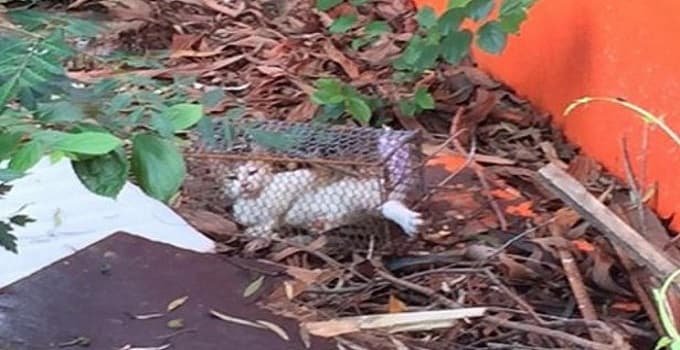
The skeleton of a saber-toothed cat. New research likens the hunting behavior of the feline to Africa’s lions. Photo by Senckenberg Natural History Museum/Tubingen University
TUBINGEN, GERMANY – Until now, researchers believed Smilodon populator which is popularly known as the saber-toothed tiger or saber-toothed cat — looked and acted just like a forest-dwelling cat, stalking the ancient jungles of South America. However new research suggests the nearly 900-pound cat hunted South America’s open plains.
Researchers at the University of Tubingen in Germany have been analyzing collagen extracted from the bones of saber-toothed cats excavated from Argentina’s Pampas region. Fossils included in the study one belonged to cats living between 25,000 and 10,000 B.C.
Scientists compared the cats’ collagen to collagen collected from a jaguar, Panthera onca, and to a species of wild dog, Protocyon. The findings revealed the preferred environment and prey of the three species.
Researchers now say that unlike the jaguar, Smilodon populator did not prefer dinner in the woods. Its preferred prey included Macrauchenia, which was a camel-like, steppe-dwelling ungulate, and two giant sloth species which, unlike their modern relatives, preferred to be on the ground.
While the jaguar preferred a smaller woodland prey, the dog had an appetite and palate similar to that of the saber-toothed cat. The analysis suggests the saber-toothed tiger behaved similarly to lions found in Africa.
“It may be that these predators, too, hunted together in groups,” lead researcher Herve Bocherens said in a news release.
Like most megafauna, Smilodon populator went extinct by the end of the last ice age. Researchers have long debated just what caused the demise of these large animals — humans or climate change?
The new findings may support the idea that climate change was responsible for the species’ extinction. As South America became wetter, the steppe sprouted more trees, and that may have cramped the hunting style of the saber-toothed cat.
Researchers published these findings in the journal Palaeogeography, Palaeoclimatology, Palaeoecology.










